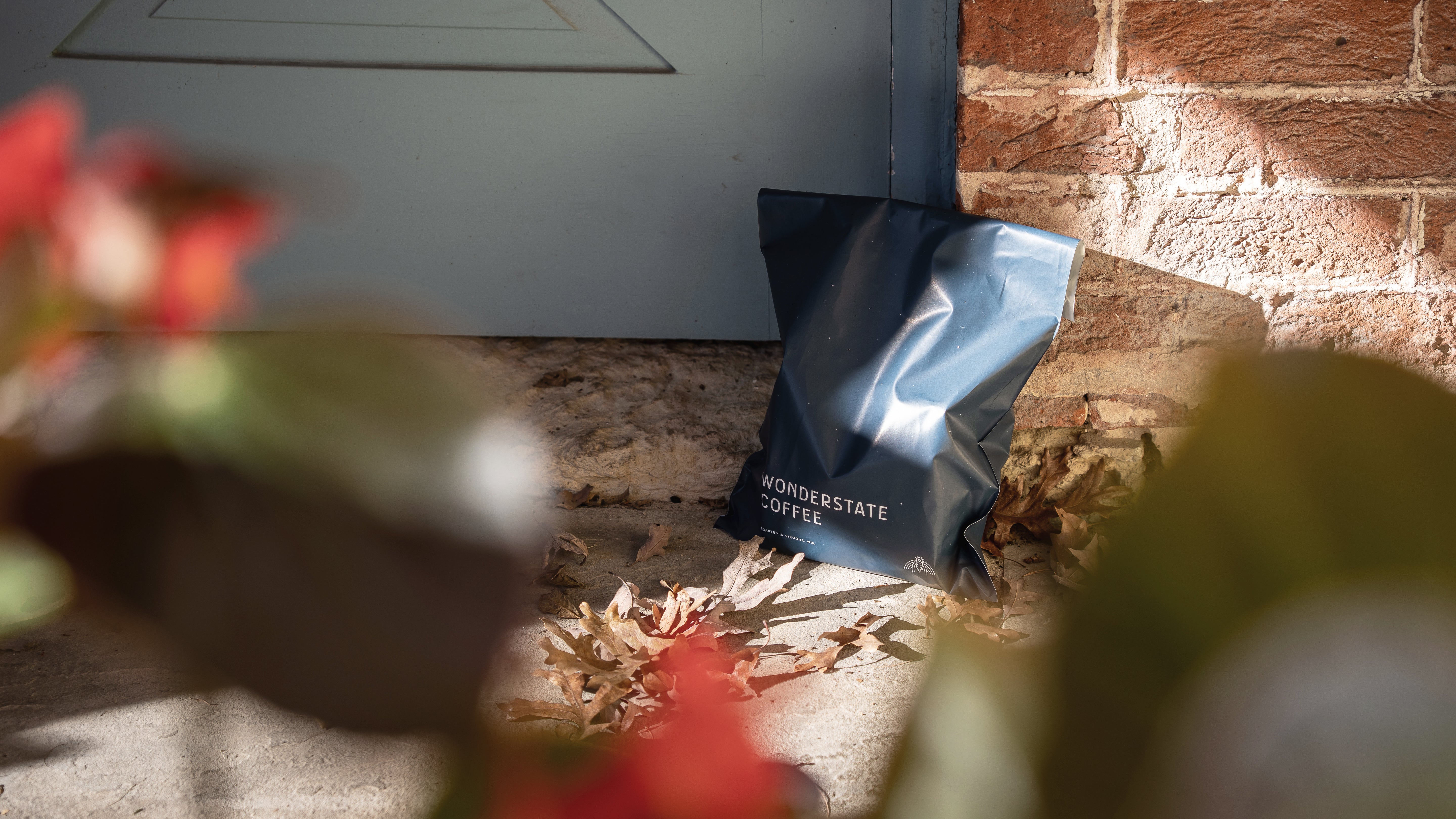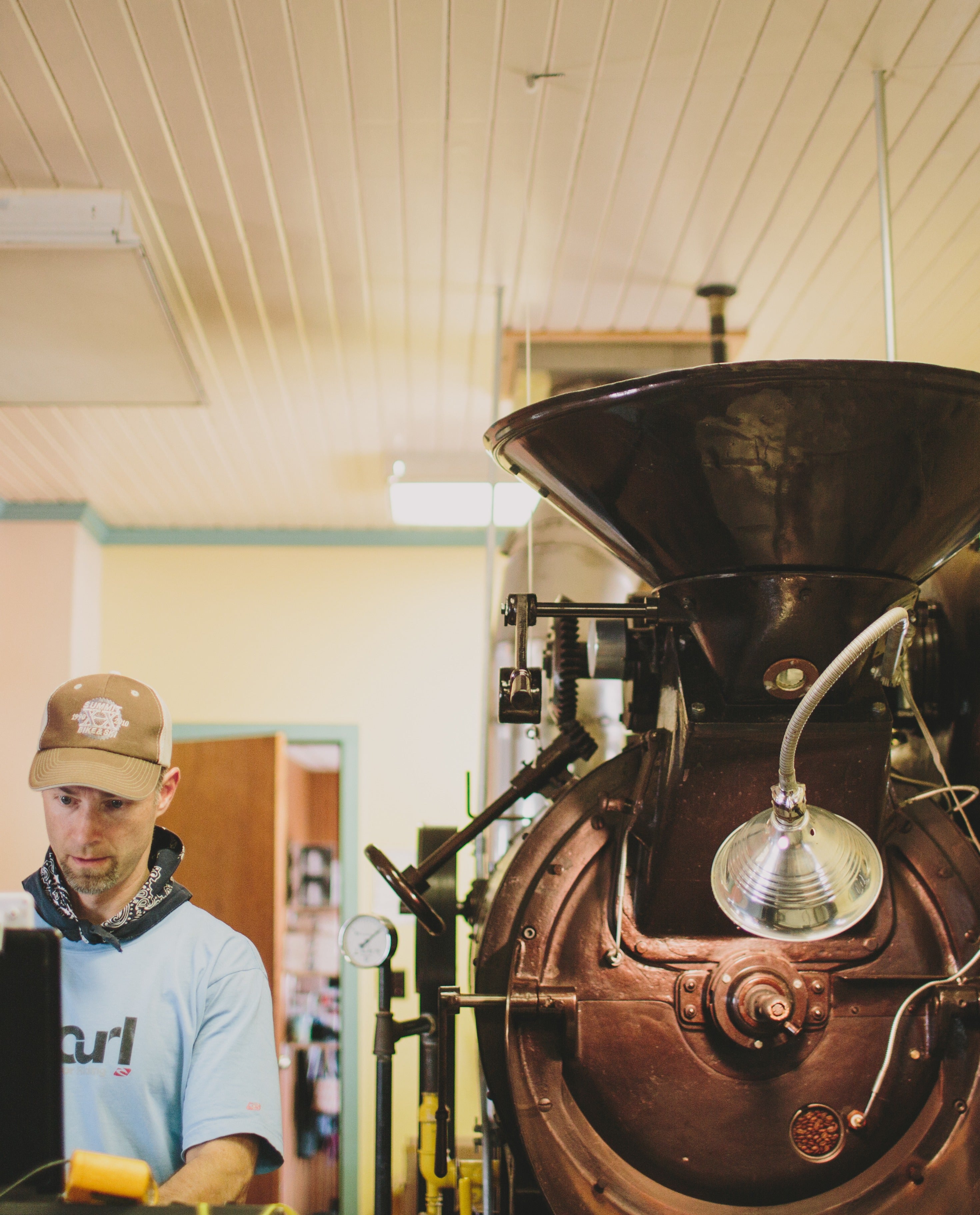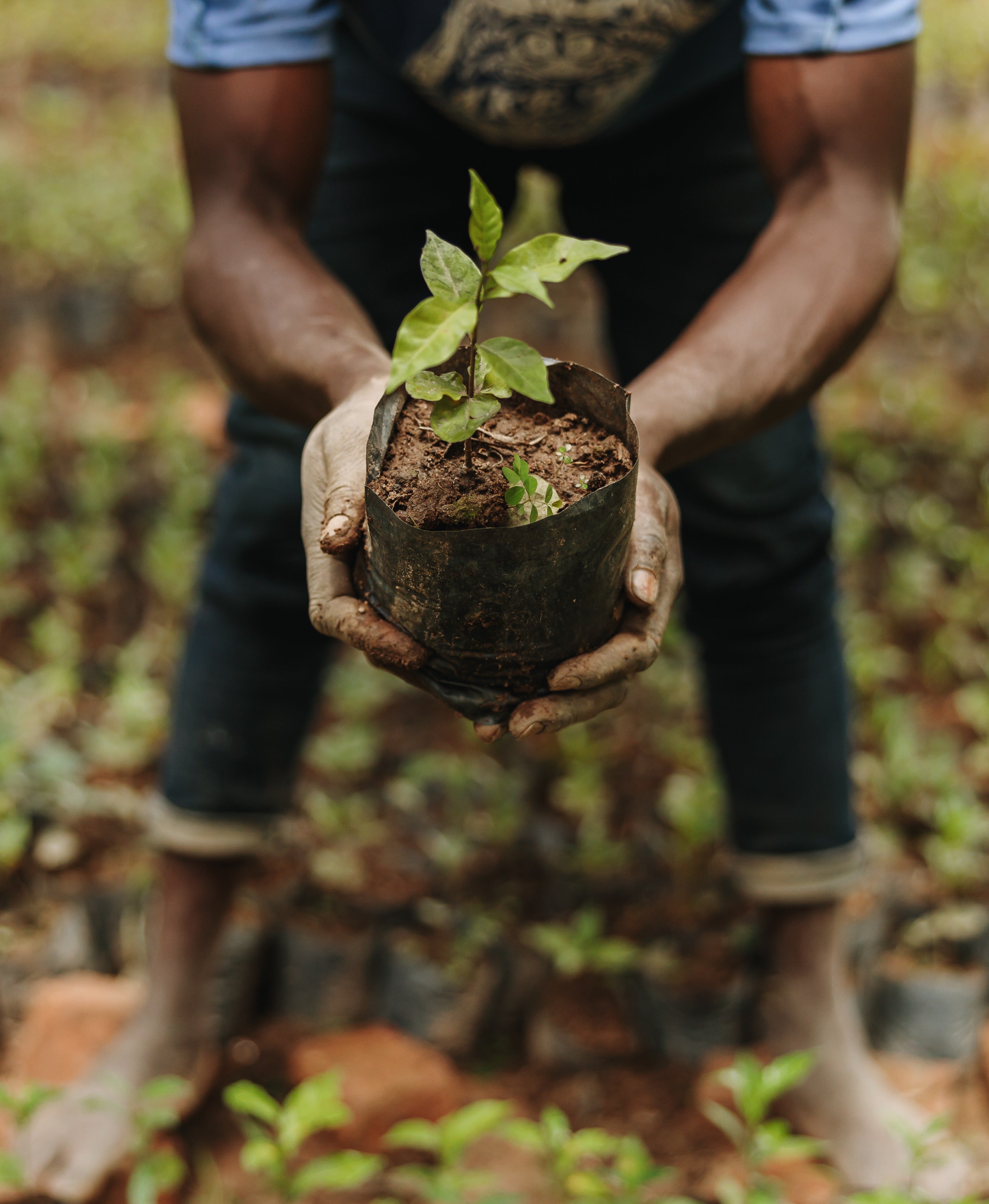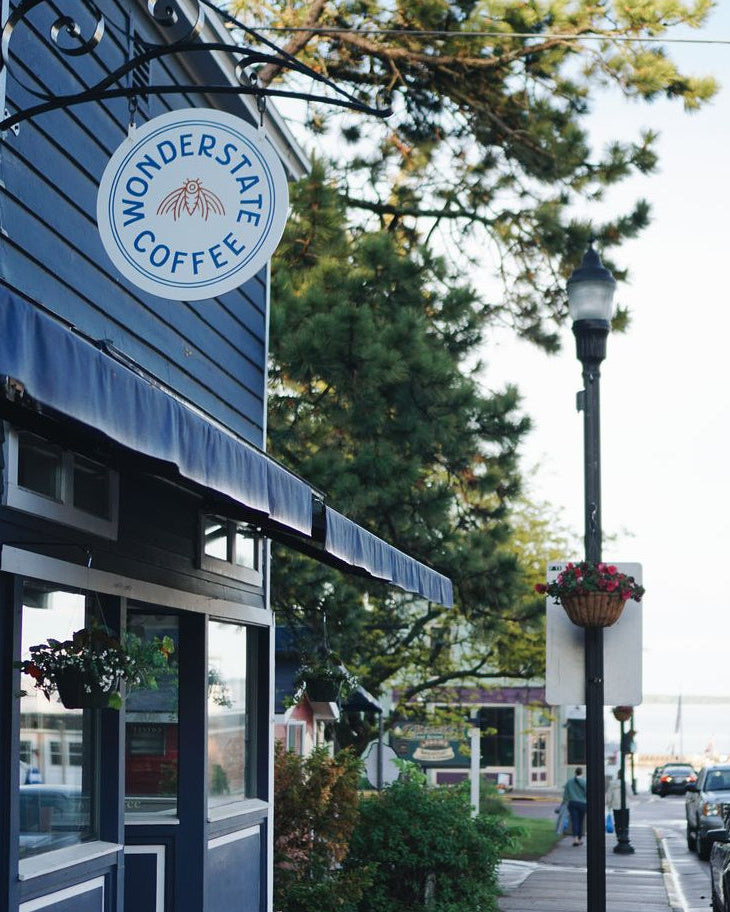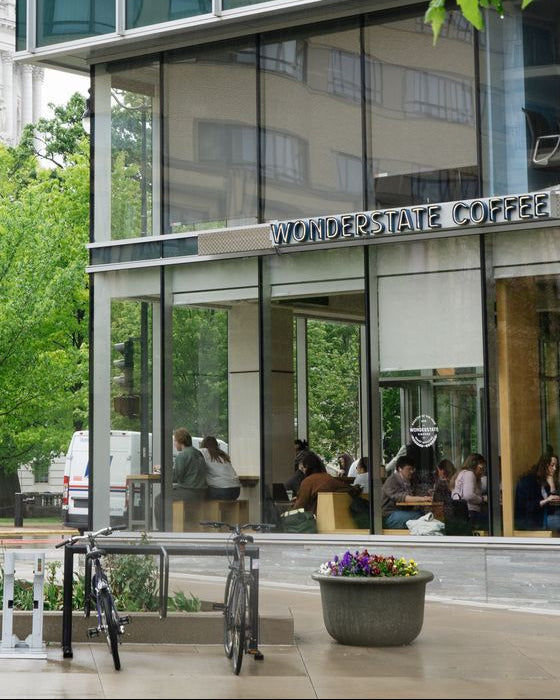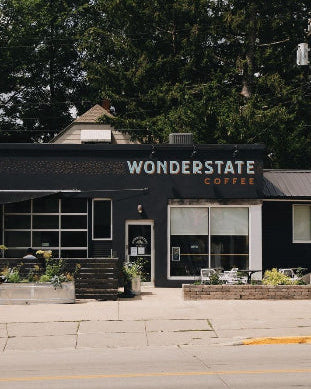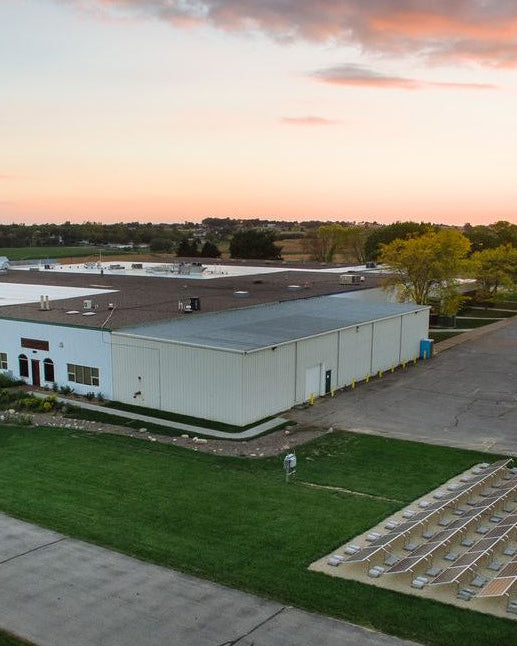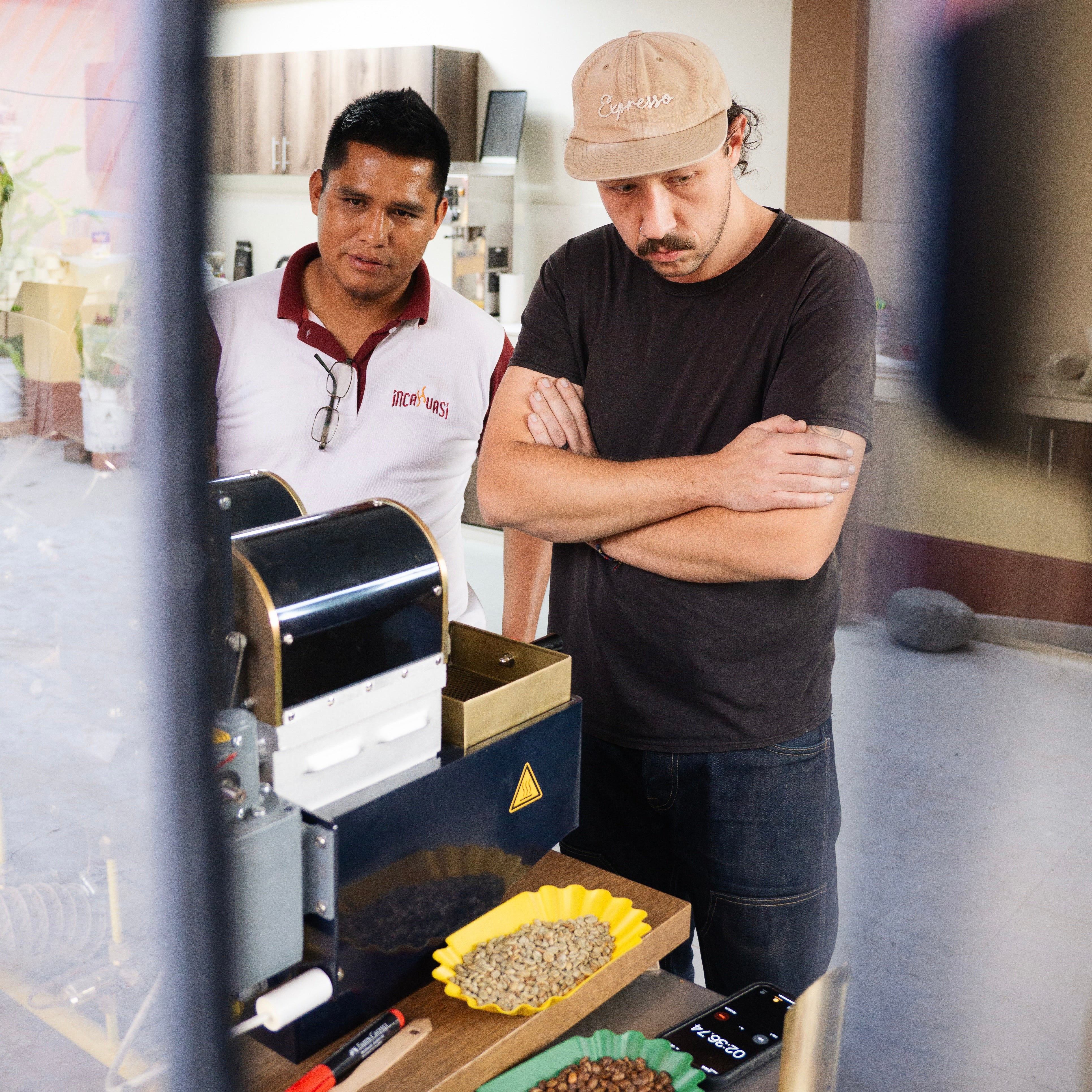
Nick Brehany, Director of Coffee
The rules of coffee brewing are always evolving. What once felt like dogma: “use the hottest water you can” has now given way to a more nuanced understanding of how temperature interacts with roast development, solubility, and flavor clarity.
When I first started brewing pourover / filter coffee seriously, the most common advice I heard was to use water just off boil. This was partly a response to a real problem: underdeveloped roasting. Many coffee brewers lamented the limitations of brewing coffee in any way that wasn’t maximalist (super hot water, super fine grinds), because doing otherwise led to sour, thin, and under-extracted cups. And to be honest, that critique was valid at the time. Even as pourover became ubiquitous for brewing coffee at home, coffees often tasted thin and unwhelming, largely because of suboptimal roasting. But this critique had more to do with the coffee being brewed than the quality of the brewer.
The Shift in Roasting (and Why It Matters for Brewing)
Roasting has come a long way in the past decade. Many of us in the specialty world have learned how to roast lighter and more fully developed. The truth is, poor roasting techniques can produce coffees that look light on the outside, but are still under-developed on the inside. In these cases, the bean’s surface might show the right color, but internally, it’s a different story: ultimately lacking the chemical transformations needed for full flavor expression.
This kind of underdevelopment was a big issue for a long time (and frankly, still is for plenty of roasters), and as a result, coffees that may have looked and sounded like light roasts tasted hollow, missing the clarity, intensity, and vibrancy we now associate with truly well-executed light roasting.
When I was still learning how to roast and brew, my response to this problem was to hedge: I’d push my roasts slightly darker than I wanted to, just to be safe. And I brewed with super hot water in order to achieve the kinds of flavors I wanted to taste in my brews. I did everything I could to avoid those grassy, bready, sour notes.
But, like most things, experience and practice allow you to test new methods and theories that ultimately unlock new potential. I’ve spent years refining my roasting approach: utilizing intense heat at the earliest stages to develop the coffee, both internally and externally, enough to unlock nuance and not mask it. The result is coffees that are roasted lighter, but still have the full expansiveness of flavor we’re seeking. And with that shift, I’ve had to rethink how to brew those coffees, too.
It turns out that lighter, well-developed roasts often benefit from a gentler approach when it comes to water temperature. Not cooler by a mile, honestly just by a few degrees. But those few degrees can open up a whole new experience in the cup.
What Happens at High Temperatures?
When you brew coffee with water that’s too hot (think 208°F and above), you risk losing the very expressions that make great coffee so captivating.
But the real question is why? The answer: volatile aromatics.
These are the compounds responsible for floral aromatics, bright fruit tones, and layered complexity. Research has shown that these volatiles are incredibly heat-sensitive. At higher temperatures, especially over 200°F, they begin to evaporate more rapidly, sometimes before they make it to your cup. A 2023 study confirmed that brewing at high temperatures leads to a measurable loss of floral and fruity aromatic compounds.
The result? A cup that leans more toward caramel, toast, or even astringent flavors (think oversteeped tea) that can inhibit or thwart the delicacy and fine-nuances of a coffee that speaks to the person, place, and moment in time behind the seeds.
There’s also the issue of polyphenols, particularly chlorogenic acids. While important for coffee’s structure and antioxidant properties, when overheated, they break down into bitter-tasting compounds like chlorogenic acid lactones and phenylindanes. That bitterness tends to dominate in higher-temp brews, especially if the coffee is already roasted light and thoroughly developed.

What Lower Temps Unlock
Lowering your brew water to 195 to 200°F (90–93°C) doesn’t mean you’re under-extracting. In fact, it’s often the opposite. Especially with high-quality, well-developed coffees, these slightly cooler temperatures tend to:
- Preserve delicate aromatics (florals, juicy fruits, tea-like tones)
- Reduce the extraction and expression of bitter compounds
- Enhance clarity, sweetness, and acidity
- Give a more honest and transparent representation of the roast and place
It’s not about brewing “weaker” coffee. It’s about brewing coffee with more control and intentionality. Lower temps change extraction just enough to draw out nuance while keeping harsher compounds in check.
How I Discovered This Firsthand
I first started to shift my perspective a couple of years ago, when I brewed alongside a friend prepping for the Brewers Cup. He was using 195°F water, lower than I’d ever considered. But his coffee didn’t taste thin or underwhelming. It was vibrant, sweet, and deeply layered. That experience was enough to get me curious about why I hadn’t tried this myself.
So I started experimenting. Same recipe, same grinder, same coffee. The only difference? Brewing temperature.
Again and again, I found that coffees brewed with slightly cooler water gave me more of what I was chasing: those delicate floral notes popped, acidity had more shape and direction, and overall sweetness had improved. It wasn’t a subtle change, it was a game-changer.
These days, most of my brews fall between 195 and 200°F. For extremely light roasts, I’ll push up to 202°F, but rarely higher. And it’s not just me: this shift is reflected across the specialty coffee world. Whether you’re using a V60, a batch brewer, or a French press, utilizing lower brew-water temperatures can make all the difference.

Try it for Yourself
This isn’t a new “rule,” rather it’s an invitation to explore and stay curious.
Take a coffee you know well and brew it twice: once with boiling water, once at 197°F. Keep everything else the same. Taste both and let your palate tell you which brew brings out more of what you love.
Coffee is dynamic. The way we roast it, source it, and brew it is changing. And as we learn more, we owe it to the coffee and the people who produced it to stay curious.
Lower water temperatures aren’t about brewing weaker coffee, it’s about taking an intentional step to express the flavors that make coffee so special.
Read more
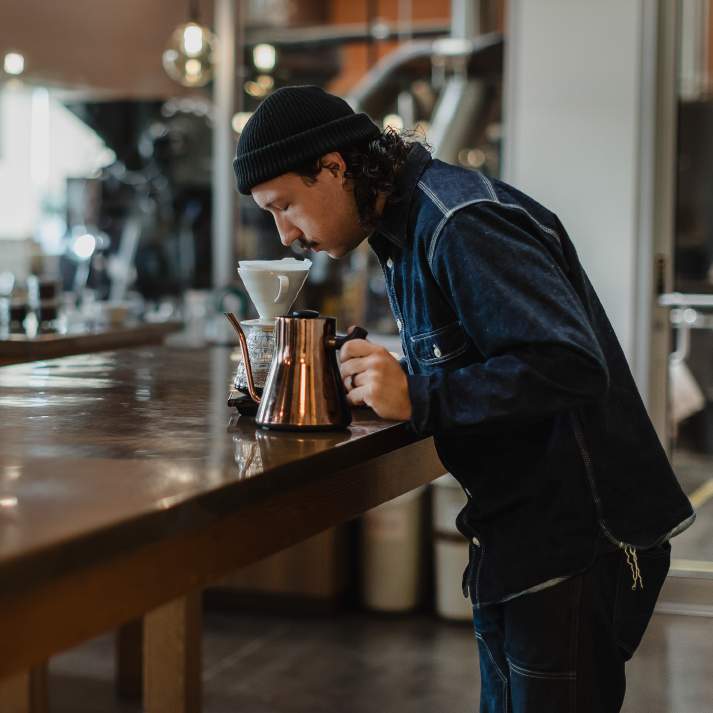
Nick Breheny, Director of Coffee Growing up in the Midwest, I’ve come to know the seasons not just by the calendar but by the way they feel. Each season has its own rhythm. Summer pulls me outsid...
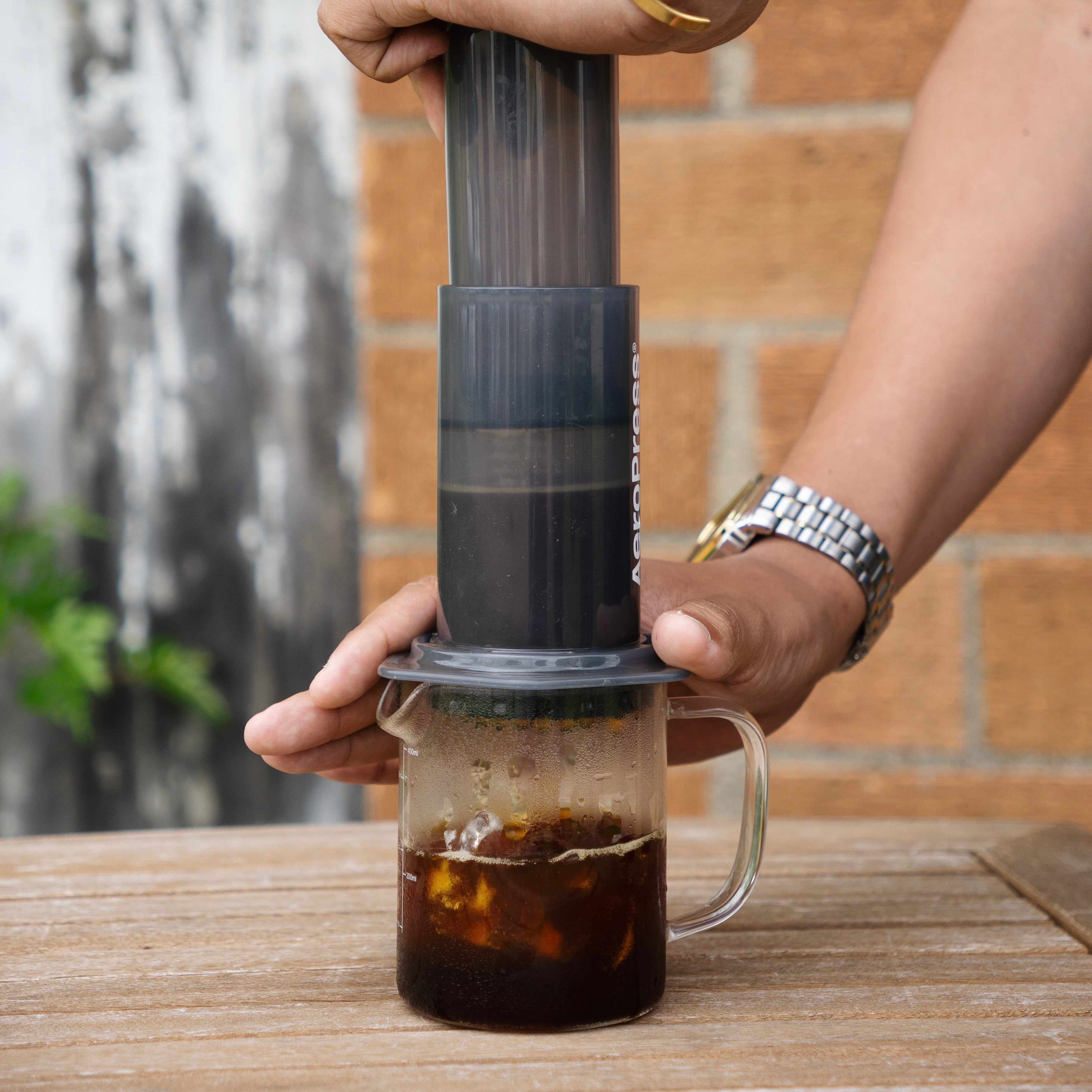
Designed for speed without sacrificing clarity, this two-minute method delivers a crisp, vibrant cup that highlights the lively notes in your favorite coffee. No fancy gear, no extended wait—just ...

